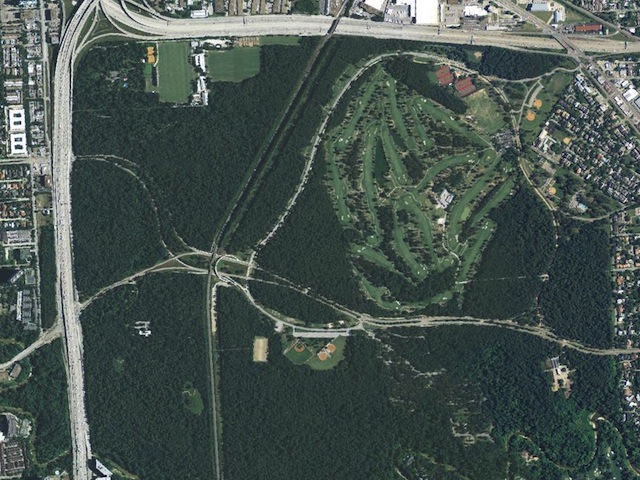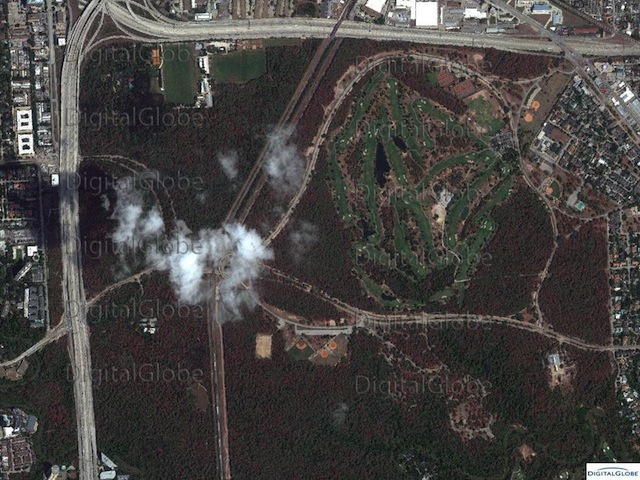About 5.6 million trees in cities and towns across Texas were killed by last year’s record-setting drought, the Texas Forest Service has estimated after studying before-and-after satellite imagery.
This “dramatic” toll on the state’s urban forest is “a slow-moving disaster, not like a hurricane or ice storm,” lead researcher Pete Smith of the Forest Service told Texas Climate News.
In an announcement of the findings of the study, which was conducted last month, Smith said the estimated number of trees claimed by the drought is only preliminary, because others continue to fall prey to its effects.
“This means we may be significantly undercounting the number of trees that ultimately will succumb to the drought. That number may not be known until the end of 2012, if ever.”
Before and after: Drought’s impact on Houston trees
Forest Service researchers believe the drought-killed trees may already account for up to a tenth of those that were growing in Texas cities and towns.
That is consistent with the agency’s estimate last month in a separate study, using a different methodology, that concluded up to half a billion trees outside urban areas had died due to drought impacts – about 10 percent of the forest trees in Texas.
All cities and towns in Texas were included in the newer study, except those in the Trans Pecos region of West Texas. Recent tree deaths there were believed to have resulted mainly from cold weather in February 2011, not the drought.
The study on the urban forest estimated that removing dead trees in cities and towns that represent potential safety threats will cost about $560 million.
“Cities are overwhelmed,” Smith said. “They’re trying to get enough contractors to cut down dead trees.” The Forest Service announcement, issued Wednesday, Feb. 15, noted the considerable loss in benefits that the drought-claimed trees had provided in urban areas:
“Urban trees do more than just beautify your community. They also provide economic and environmental benefits like cutting your heating and cooling bill, cleaning the air you breathe and water you drink and boosting your property values. The estimated loss of economic and environmental benefits provided by these trees is roughly $280 million per year.”
– Bill Dawson


